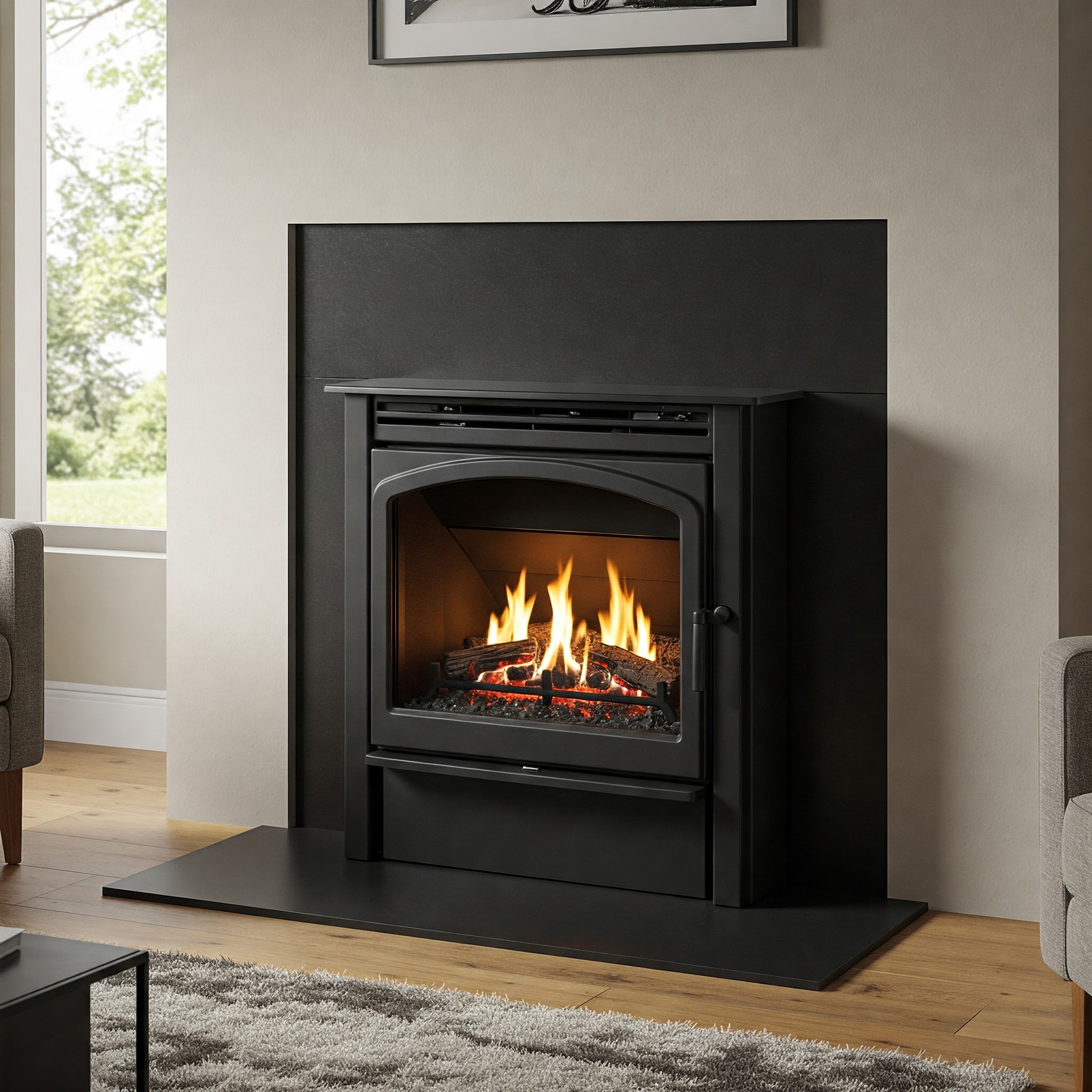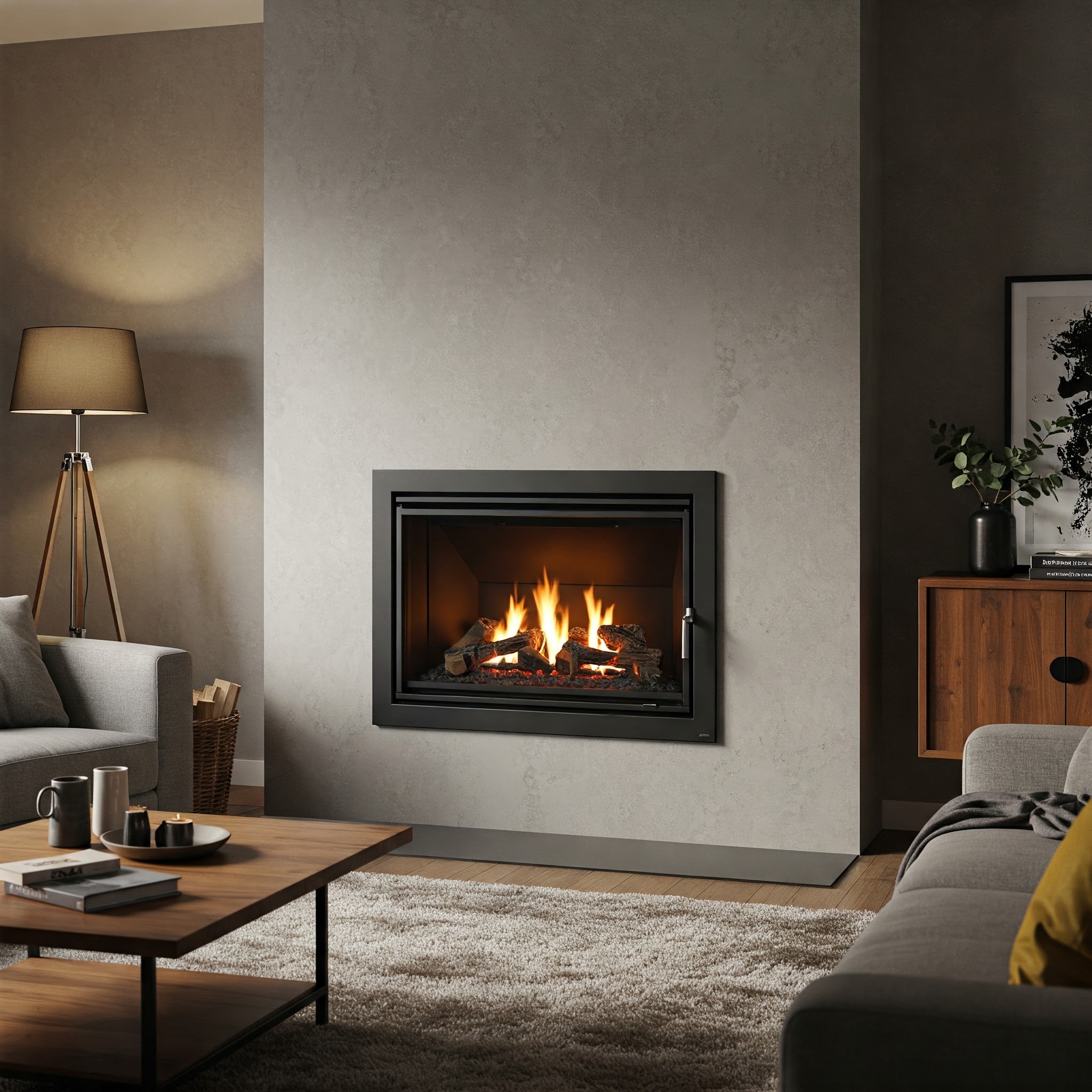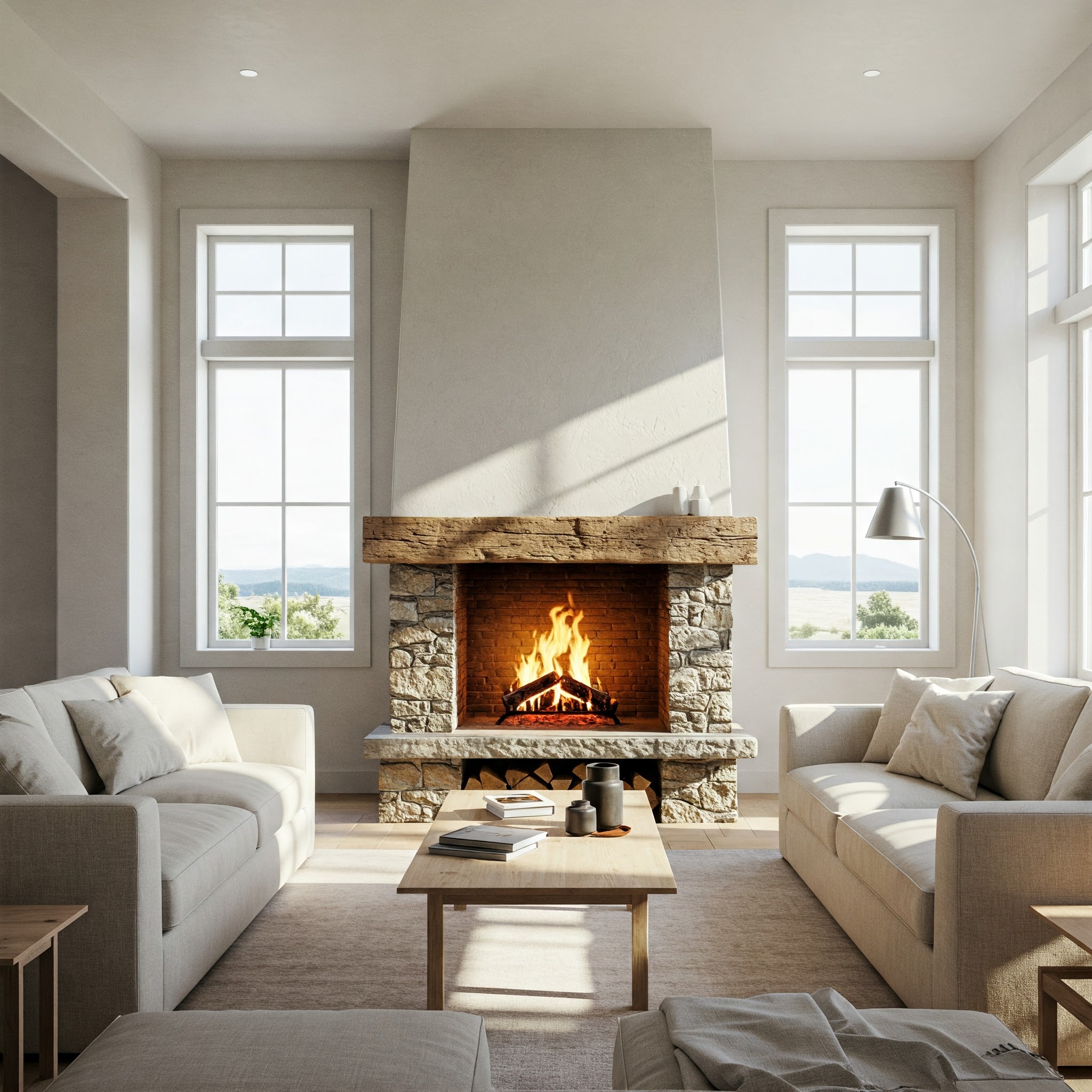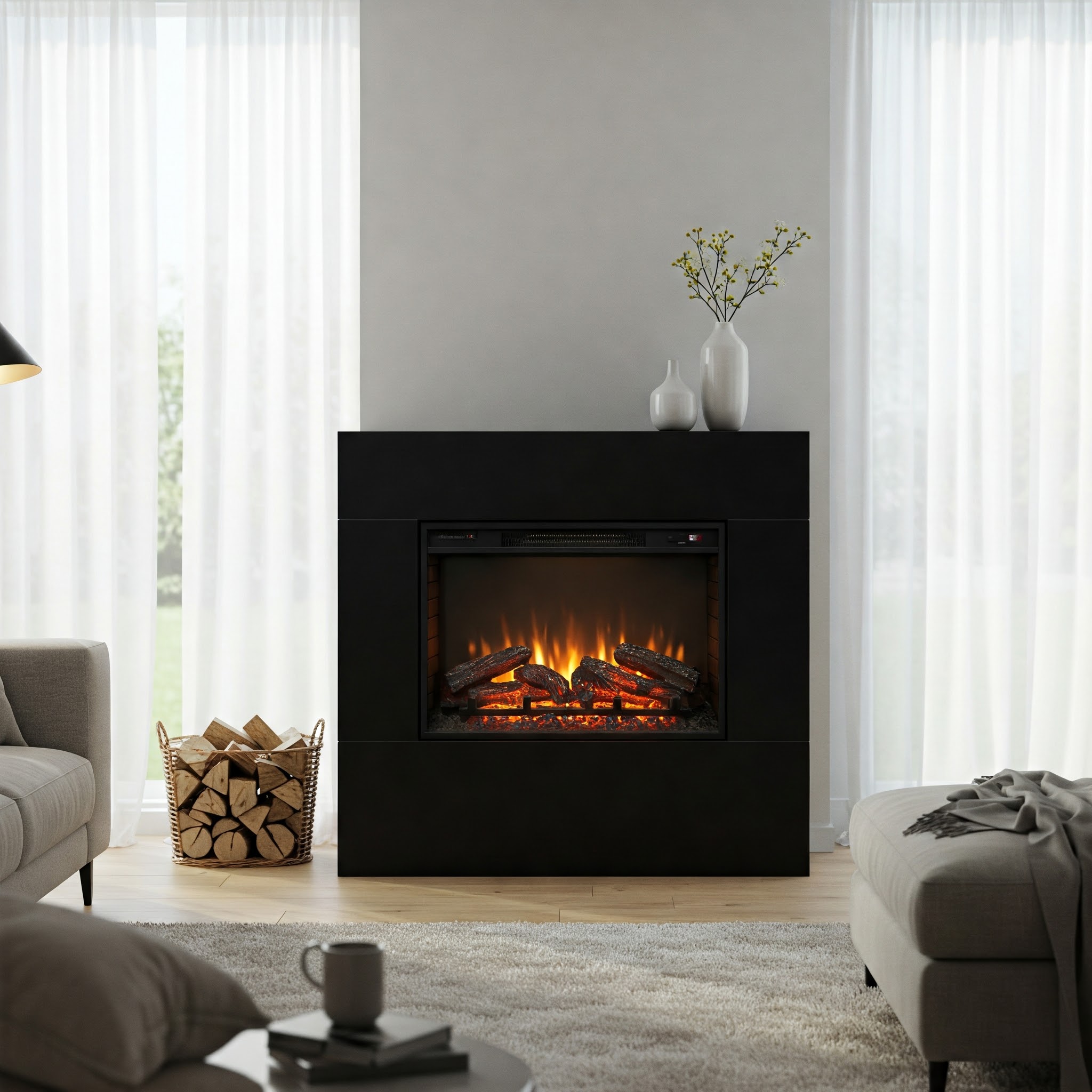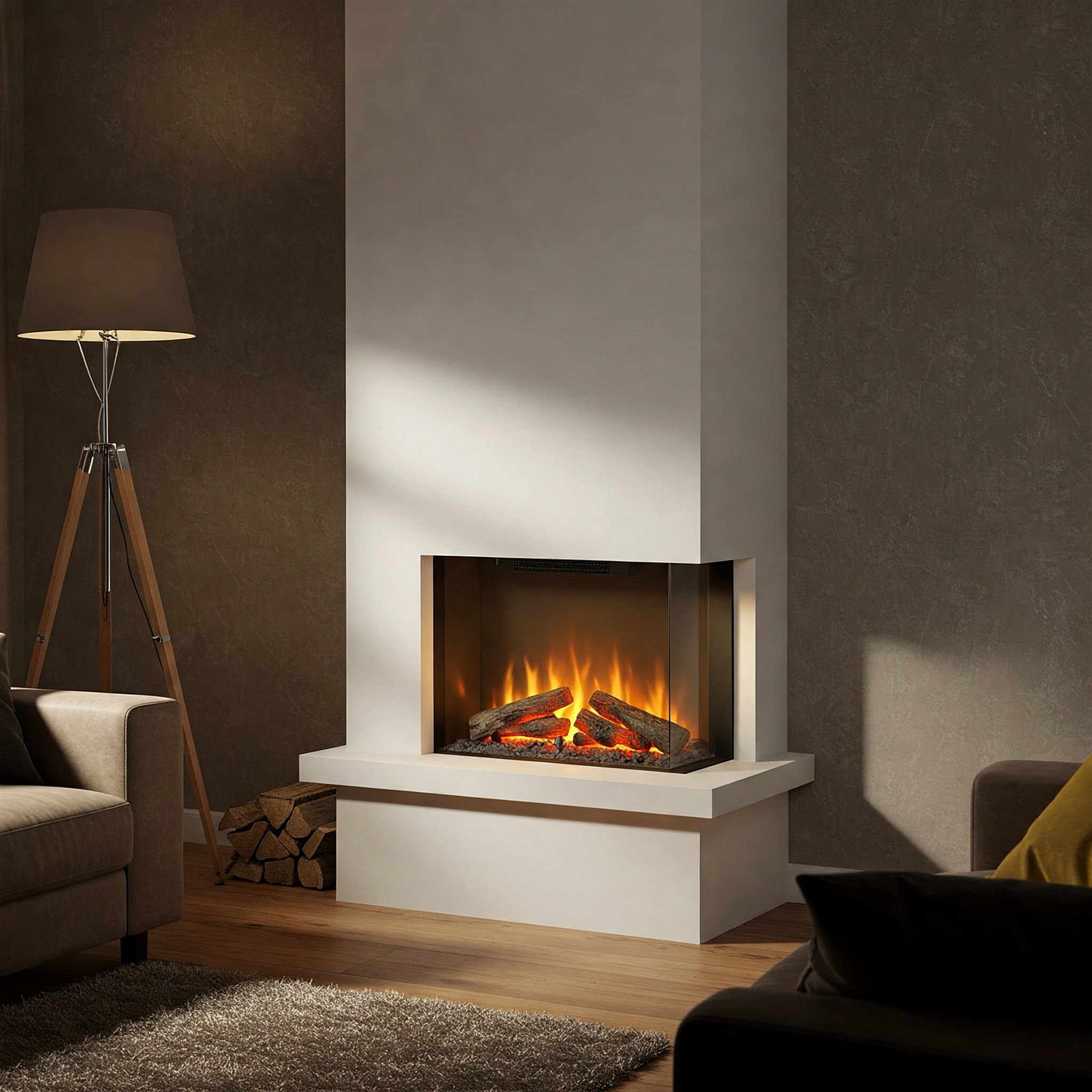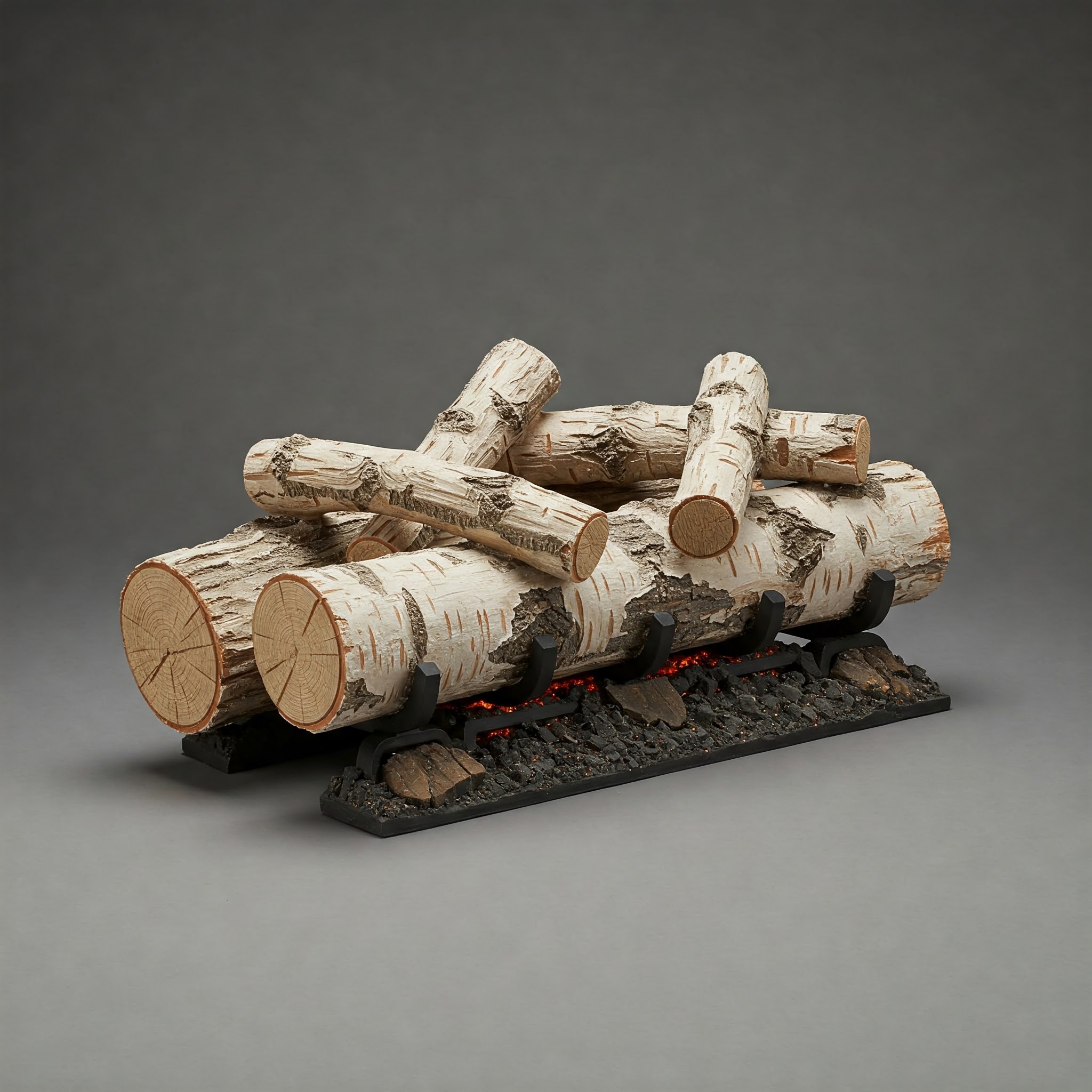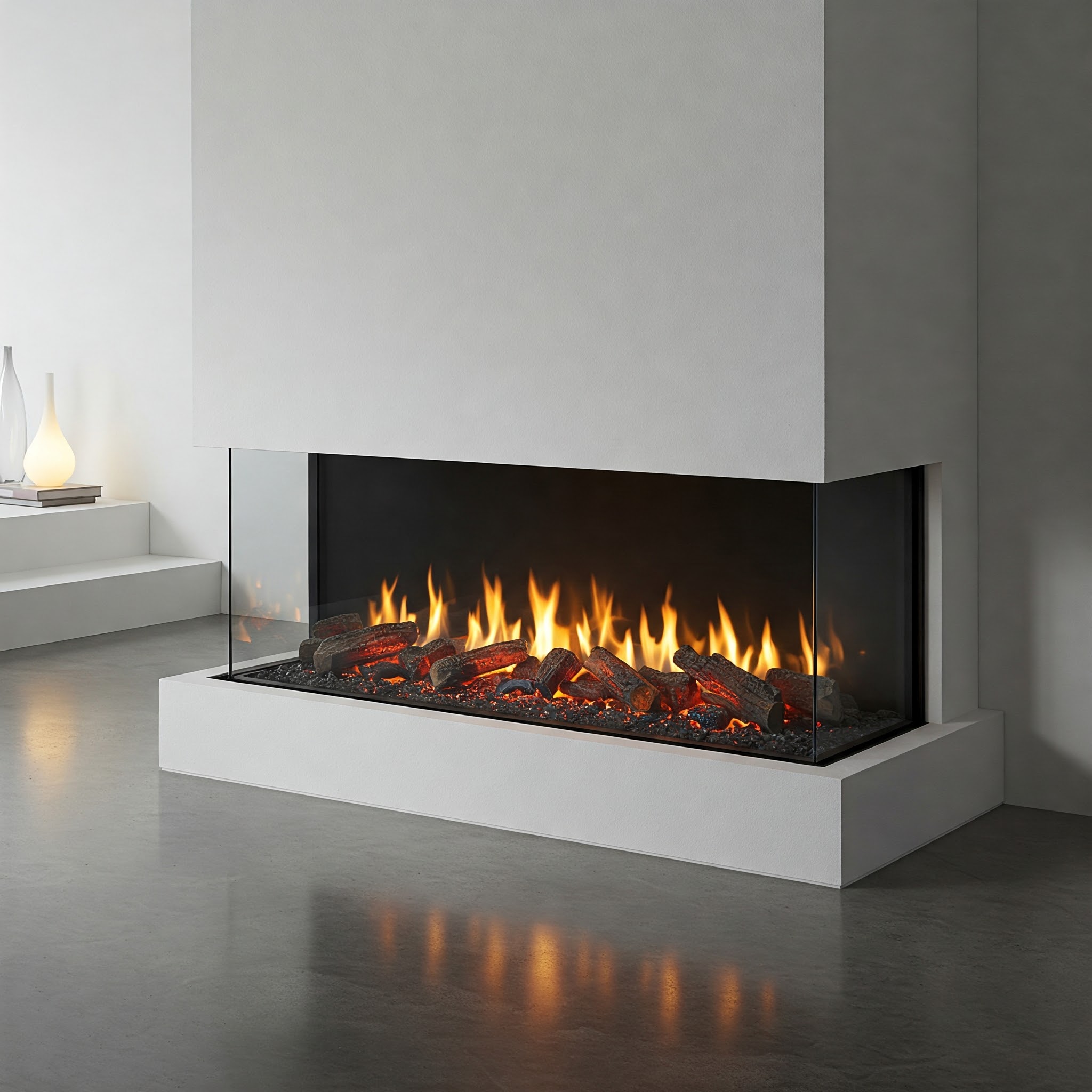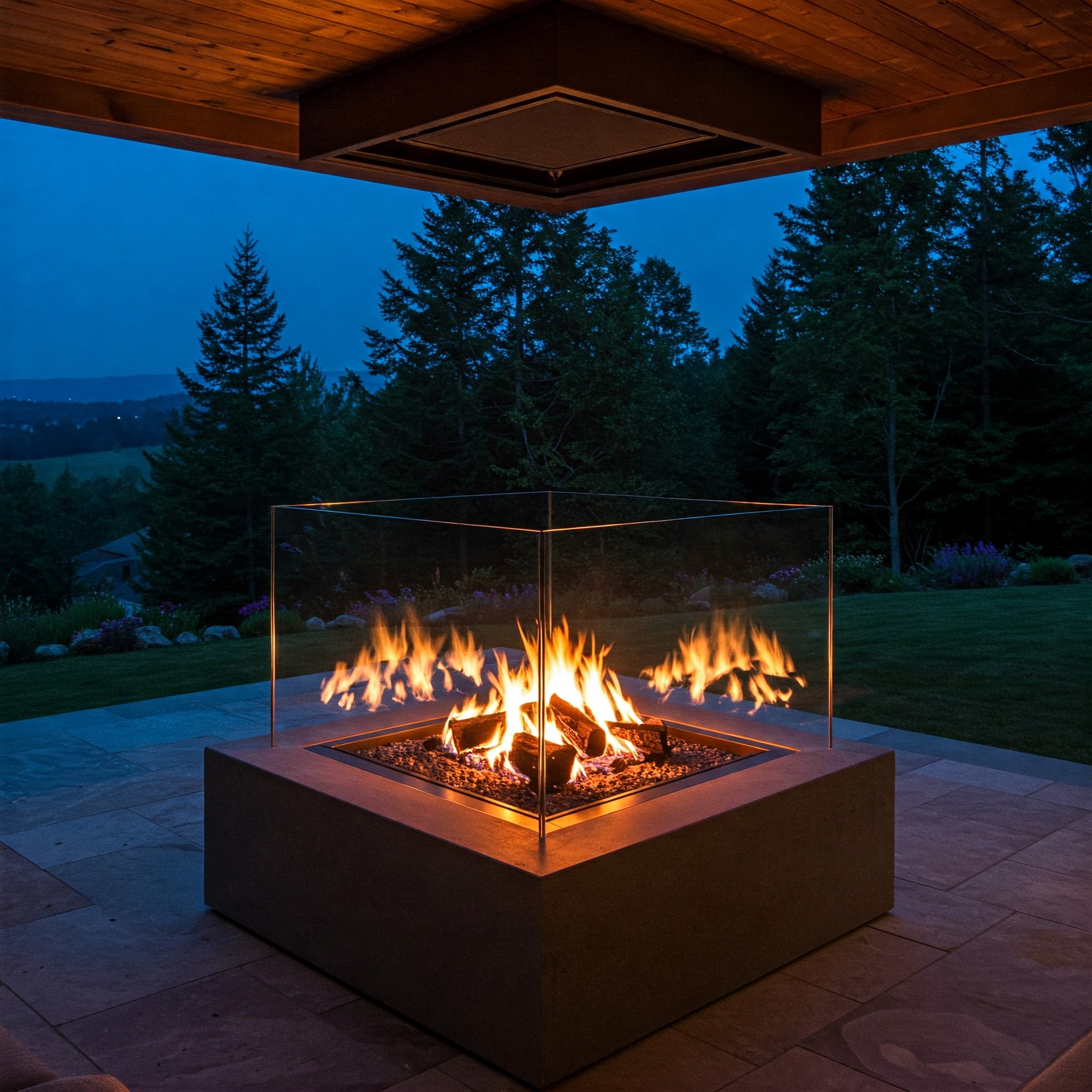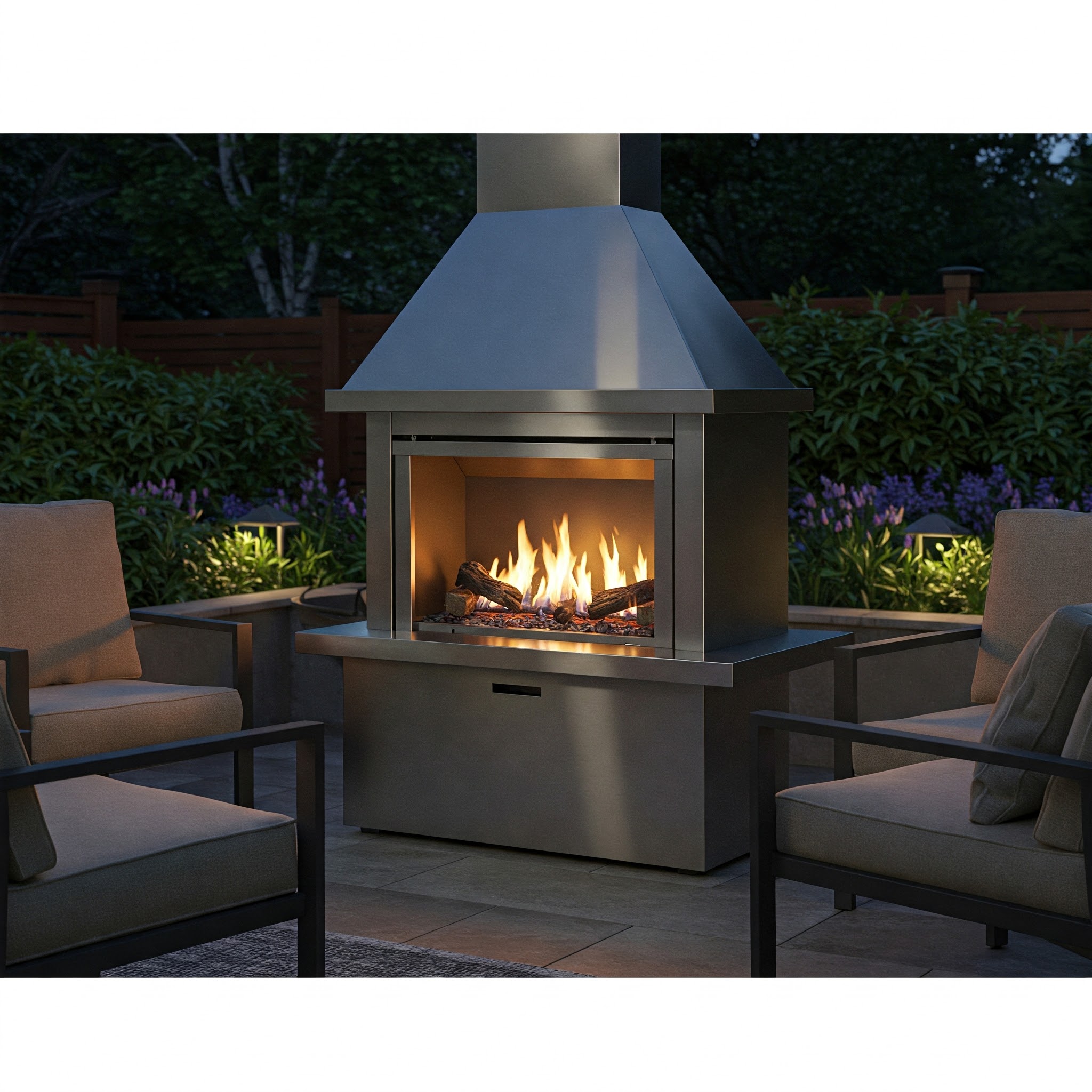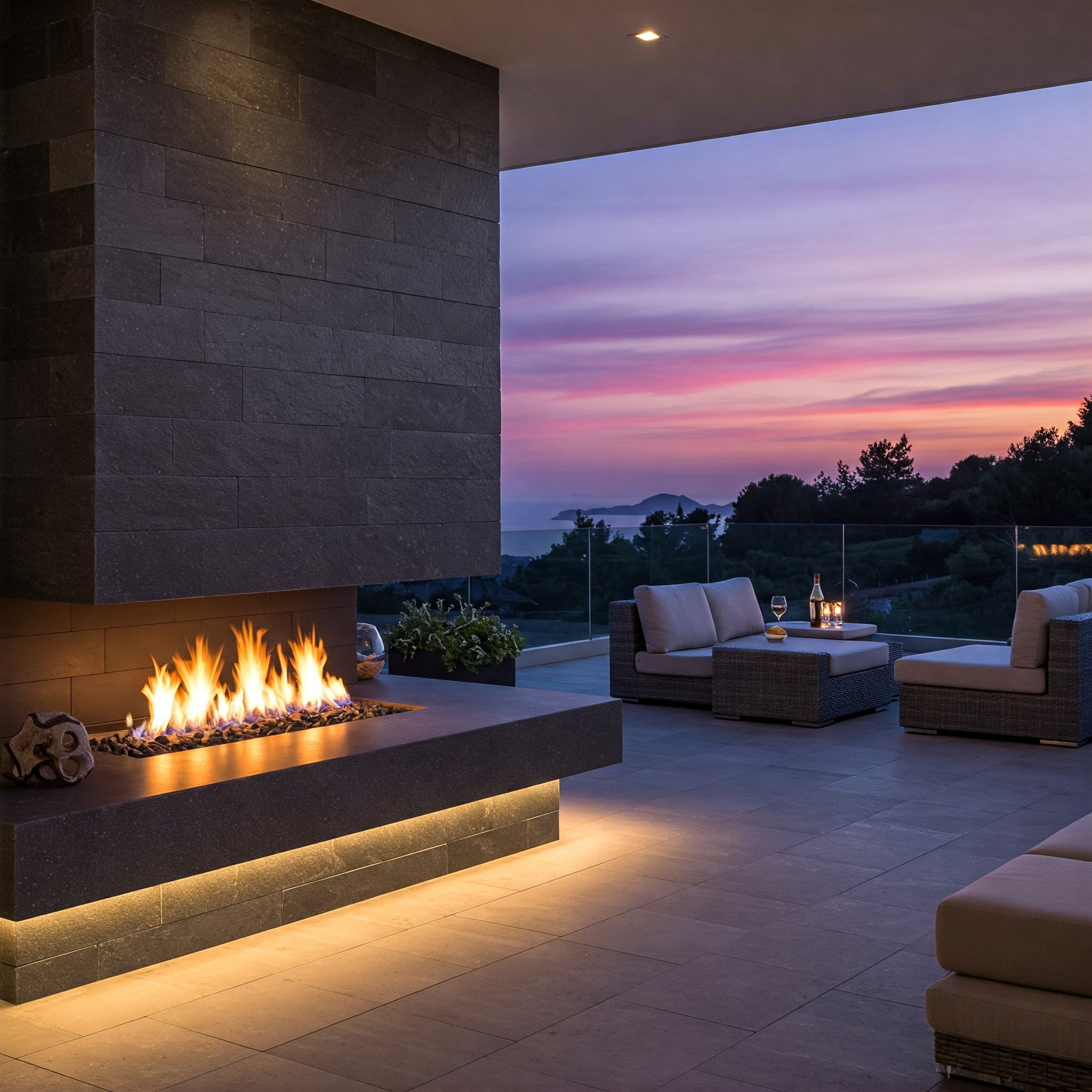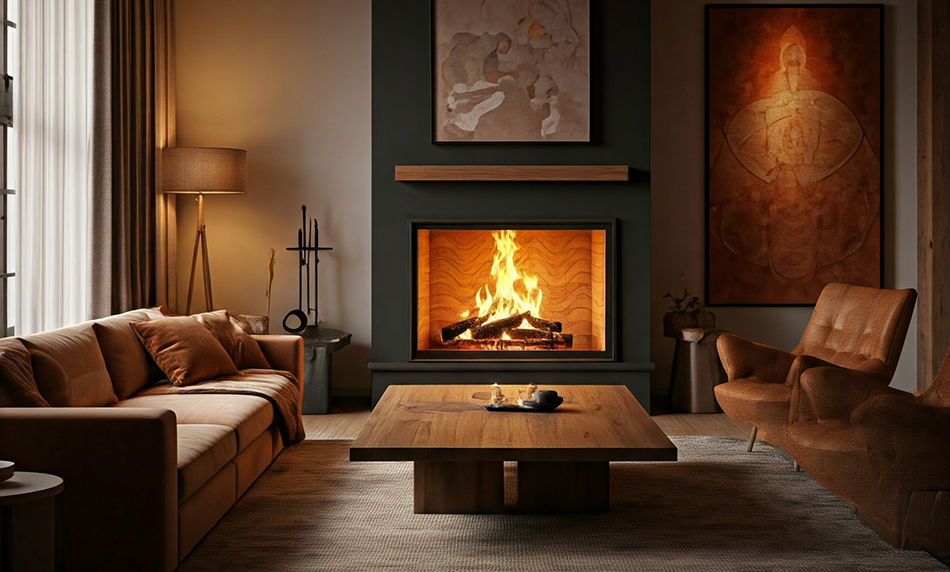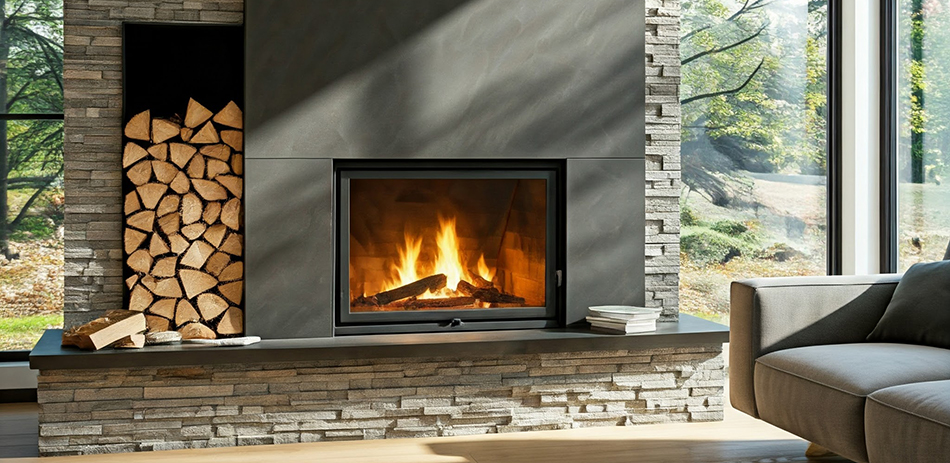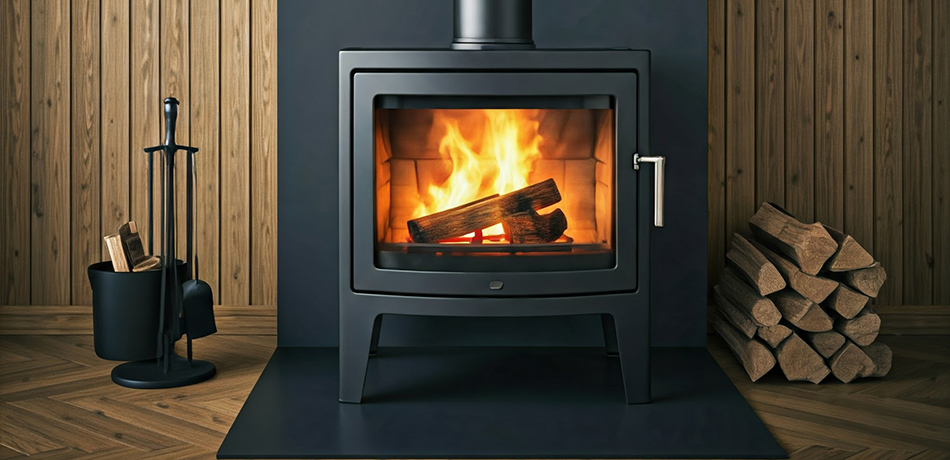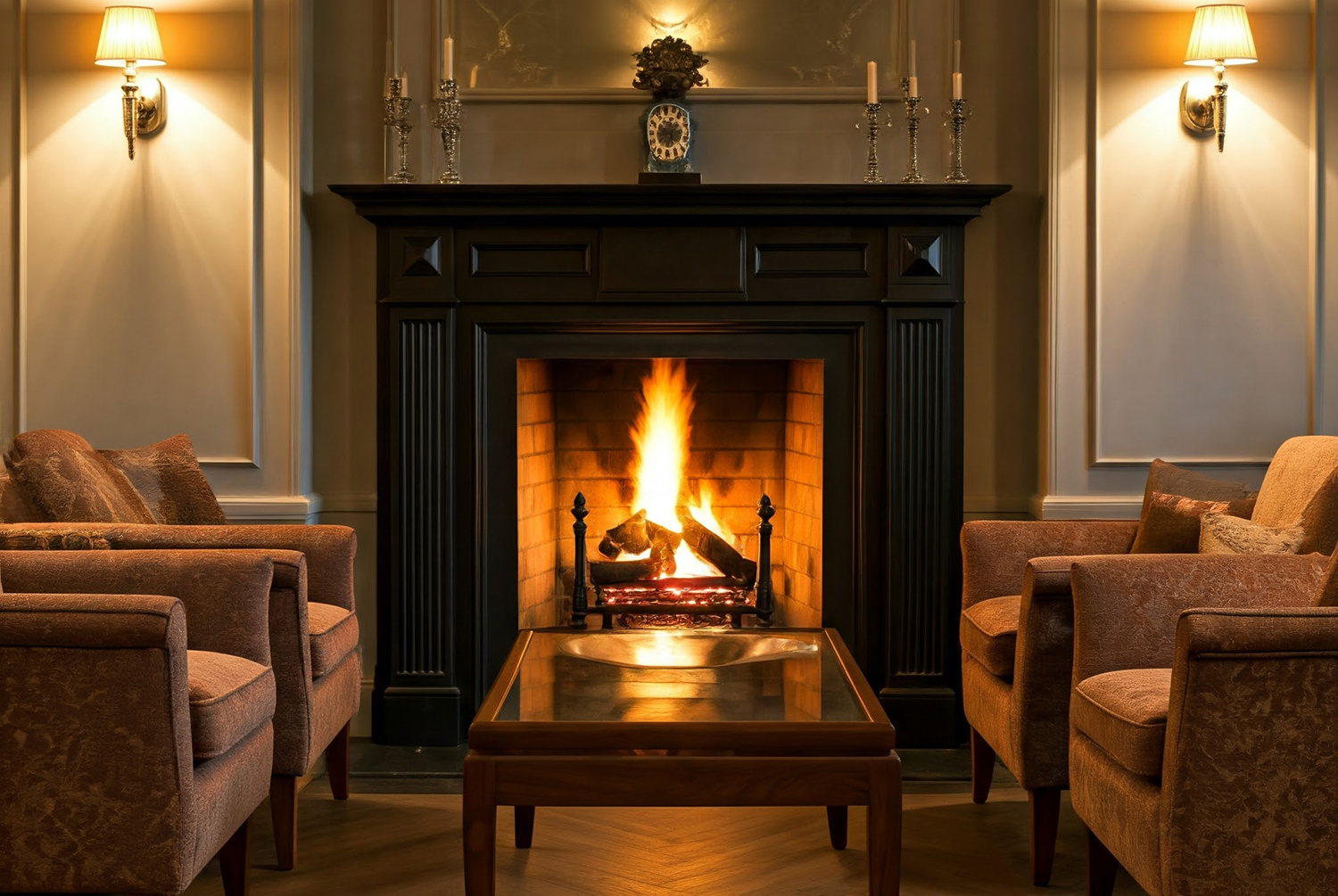Fireplaces and Their Environmental Impact
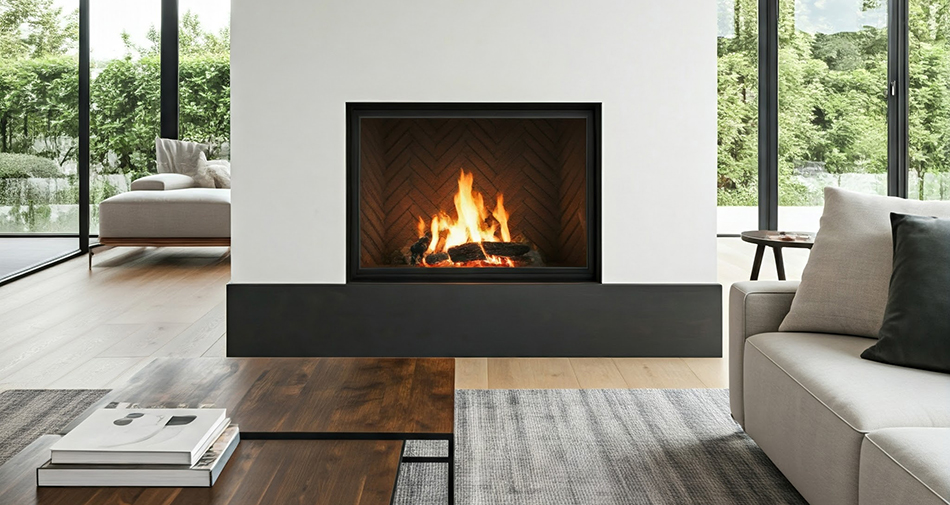
Fireplaces and Their Environmental Impact
Fireplaces bring warmth and ambiance to any home, but their environmental impact varies depending on the type. From the smoky emissions of wood-burning stoves to the clean efficiency of electric units, each option comes with its own set of considerations. Whether you're choosing a wood, gas, pellet, or electric fireplace, understanding their environmental effects can help you make a more eco-conscious choice while still enjoying the cozy comfort a fire provides.

